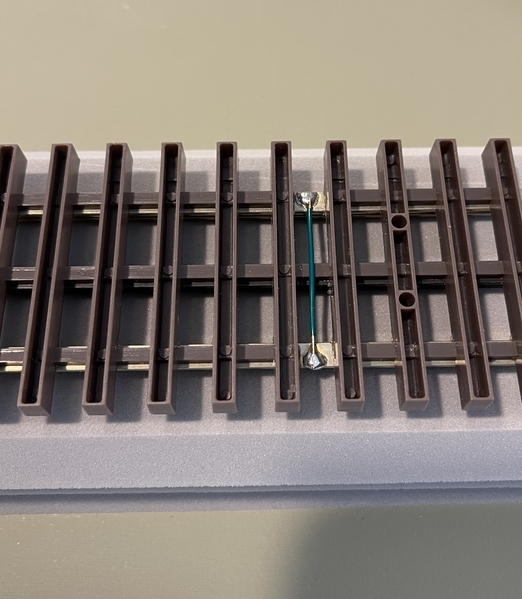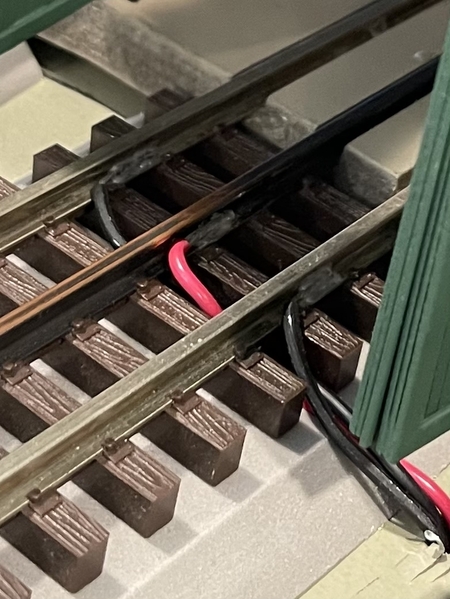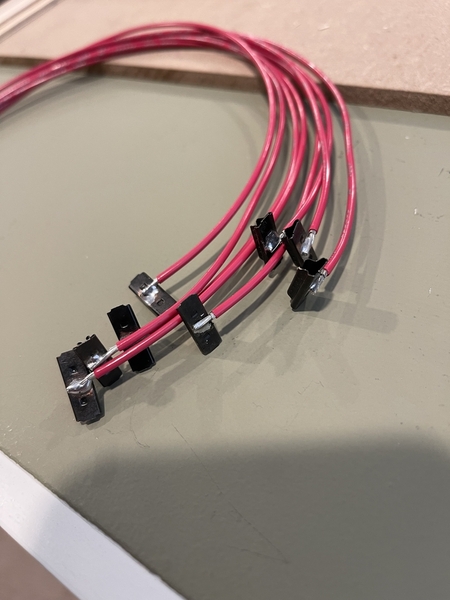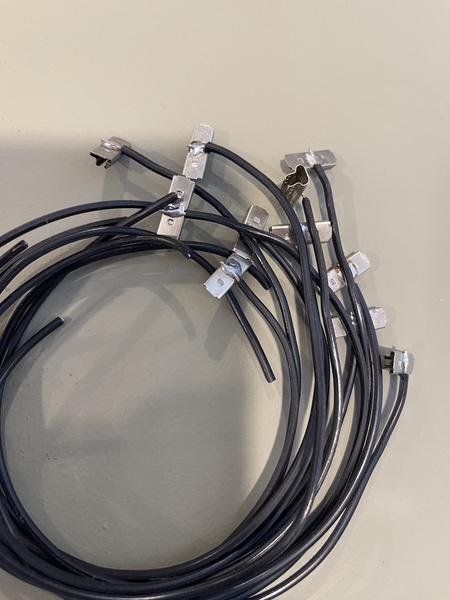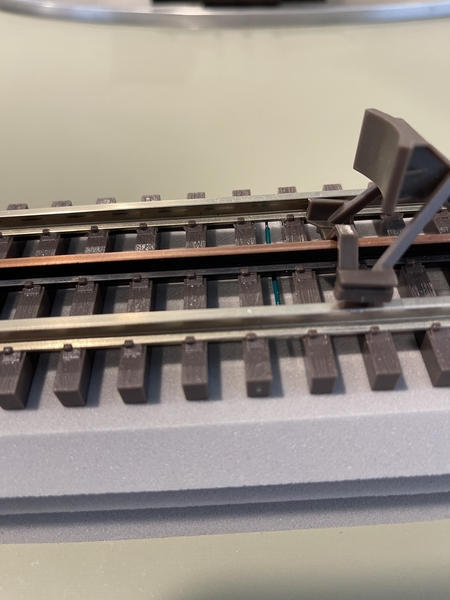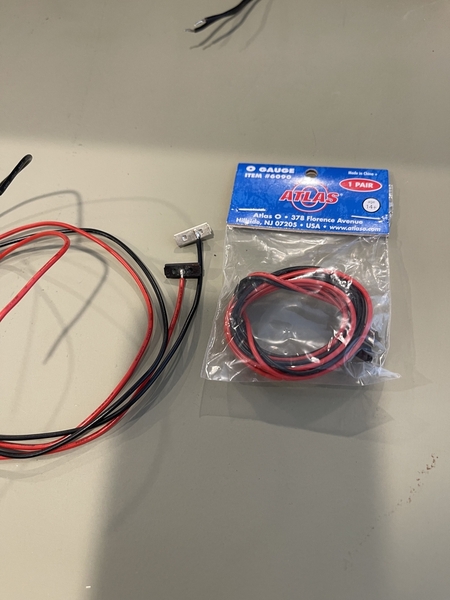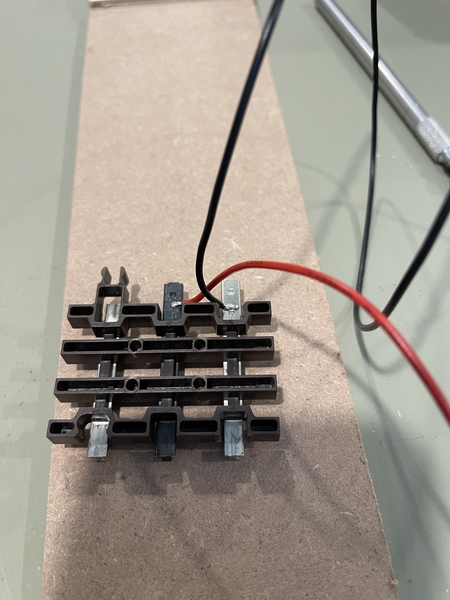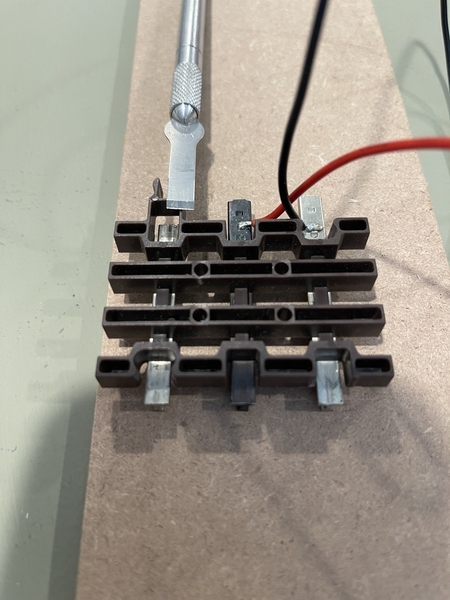Guys, is it feasible to solder the rail joiners themselves to each piece of track? Am looking at the rail joiners right now in my office...so solder would be applied to each end of rail joiner - that would be 6 soldered points on each track connection. Seems a lot but maybe prudent? This would be in lieu of doing the old-fashioned way, where we solder wires to the rails themselves.
And how many feeders are you all doing? With Ross/Gargraves, the rule of thumb as I recall was a feeder every 3-4 track connections. But from what I am reading here, the rail joiners are not good for conducting electricity, so maybe a feeder every 3-4 feet?
Also, Hot Water, why did you cut rail gaps - was that for DCS optimal ops or for block control?


